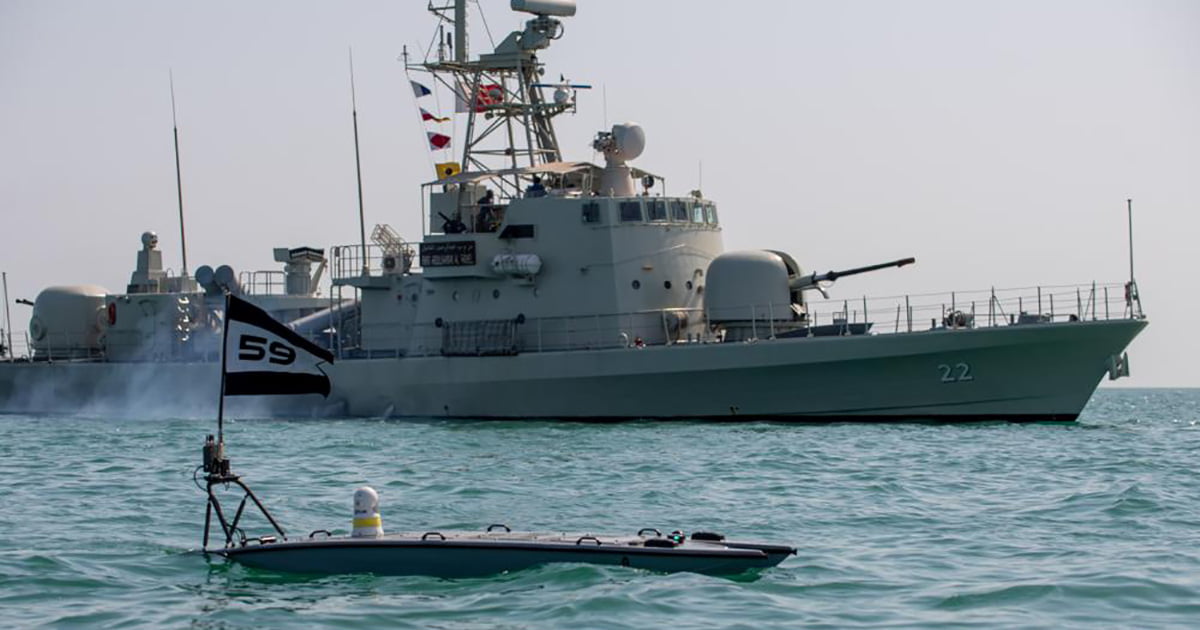During the first two decades of the 21st century, due to the exigencies of land wars in the Middle East and elsewhere, there was a rapid acceleration in the development and deployment of unmanned aerial systems and unmanned ground systems.
To read the full article, which was featured in ON&T October 2022, click here.

